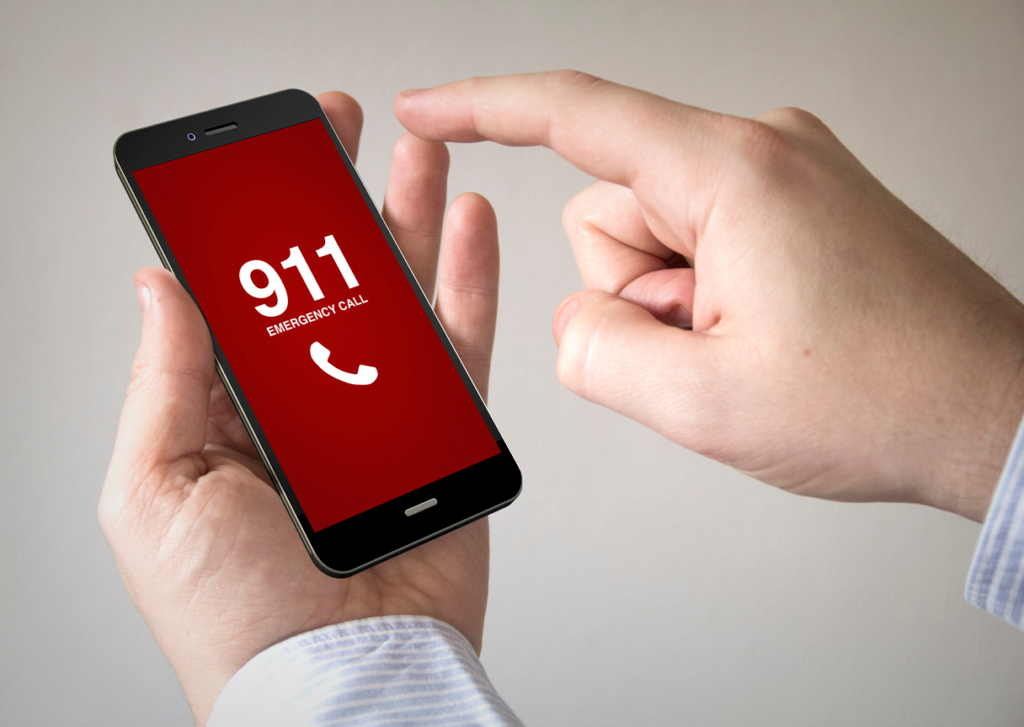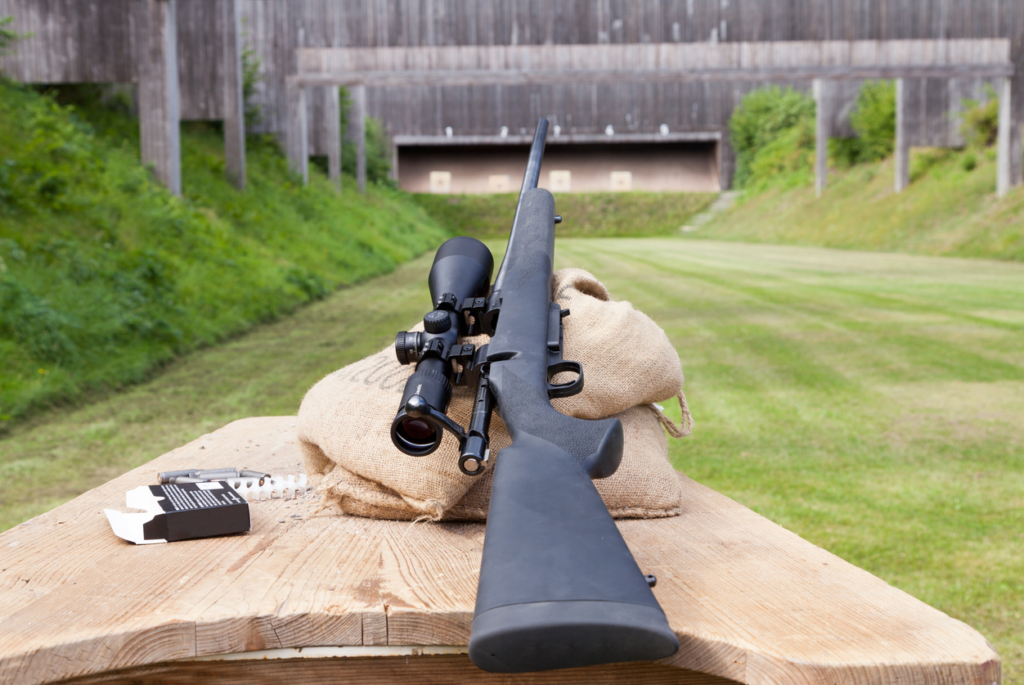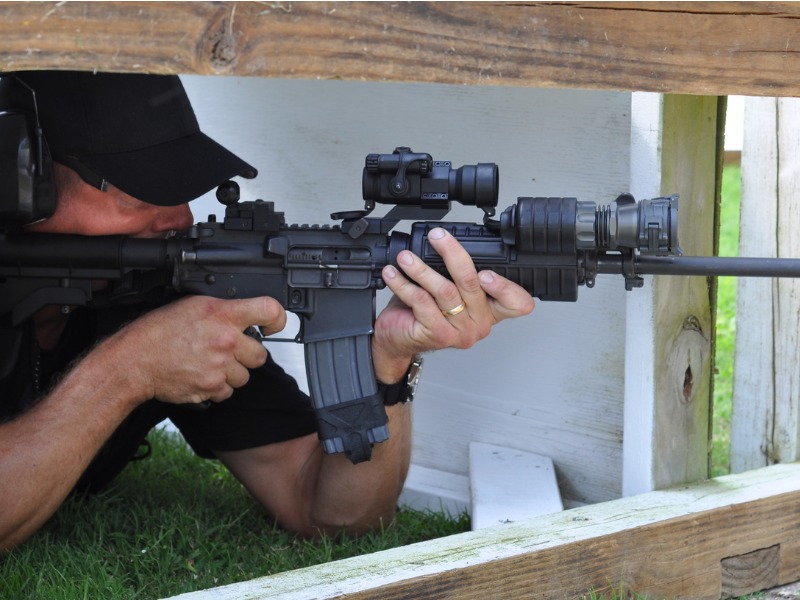How to Respond to an Active Shooter Situation
You may be unlikely to encounter an active shooter in an office or an educational institution. However, there is no harm in preparing yourself for such an unpleasant scenario. You should always hope for the best but prepare yourself for the worst. So active shooter situations can change quickly and unfold rapidly. In order to stop a shooter and minimize human casualties, immediate response by those present during such a situation and deployment of law enforcement personnel is critical.

An Active Shooter is an individual actively engaged in killing or attempting to kill people in a confined space. In most cases, they use firearms. They also often shoot indiscriminately at their victims. These situations are unpredictable and can evolve very quickly. Typically, you will require the immediate deployment of law enforcement to stop the shooting and minimize harm to victims. Most active shooter incidents are over within 10 to 15 minutes. Law enforcement usually arrives after this time period. So individuals have to prepare themselves mentally and physically to deal with these situations.
How to Respond when an Active Shooter is in your Vicinity
It is important to quickly determine the most appropriate way to protect yourself and those around you in this situation. Remember that customers and clients are likely to follow the lead of employees and managers during an active shooter situation. There are three main courses of action that you can take: Evacuate, Hide Out, and Take Action against the Active Shooter. To learn these essential measures, ensure you’re adequately trained by enrolling in OSHA 30-Hour General Industry training course and obtaining your OSHA 30 certification.
Evacuation
If there is an accessible escape path, attempt to evacuate the premises. But keep the following things in mind:
- Have an escape route and plan in mind
- Evacuate even if others choose not to evacuate
- Leave your belongings behind
- Help others escape, only if it is easily possible
- Prevent others from entering an area where the active shooter may be
- Keep your hands visible
- Follow the instructions of any police officers
- Do not move wounded people
- Call 911 when you are at a safe location

Hiding Out
If evacuation is not possible, find a place to hide where the active shooter is least likely to find you. Your hiding place should also:
- Be out of the view of the active shooter
- Provide cover if shots are fired in your direction (for example, a room with a locked door)
- Not constrain your movement
To prevent the shooter from entering your hiding place:
- Lock the door
- Blockade the door with heavy furniture
If the active shooter is nearby:
- Lock the door
- Switch your cellphone to silent mode (don’t even keep it on vibration mode)
- Switch off any source of noise like TV or Radio
- Hide behind large objects like cabinets and desks
- Maintain Silence
If it is not possible to either evacuate or hideout:
- Remain calm. In a tense situation, any slim chance of survival vanishes if you lose your calm.
- Dial 911, to alert police to the active shooter’s location. Try to ensure the shooter is not close enough to hear your call.
- If the shooter is close enough that you cannot speak, leave the line open and allow the dispatcher to listen in on your call.
Taking Action against the Active Shooter
This should only be used as a last resort, only when your life is in imminent danger. You can try to disrupt and/or incapacitate the active shooter by:
- Acting aggressively against the shooter
- Throwing items and using other improvised weapons
- Yelling at the shooter. This may cause disorientation and create an opportunity to incapacitate the shooter.
- Committing to your action. Once you know your life is in imminent danger, you should remain committed to your decision to tackle the shooter.
How to Respond when Law Enforcement Arrives

Law enforcement’s purpose is to stop the active shooter as soon as possible. Police officers will proceed directly to the area in which the last shots were heard. They will usually arrive in teams of four. Officers may be wearing external bulletproof vests on top of their regular patrol uniforms. They may also be equipped with Kevlar helmets and other tactical gear. They may be carrying rifles, shotguns, or handguns. Officers may use pepper spray or tear gas to take control of the situation. They may shout instructions and may push individuals to the ground for their safety.
How to react when law enforcement arrives:
- Maintain calmness, and follow officers’ instructions
- Drop any items that you may be carrying
- Immediately raise your hands and spread your fingers
- Hands should be kept visible at all times
- Avoid making quick movements toward officers such as holding on to them for safety
- Avoid pointing, screaming and/or yelling
- Do not stop to ask officers for help or direction when evacuating. Just move in the direction from which officers are entering your premises.
The first responders will not stop to help injured victims. Rescue teams comprised of additional officers and emergency medical personnel will usually perform this task. They will treat and remove any injured people. They may also call upon able-bodied individuals to assist in removing the wounded from the premises. So it is advisable to offer your cooperation.
Once you have reached a safe location, law enforcement personnel will hold you in that area till the situation is under control. All witnesses will be identified and questioned. Do not leave until law enforcement authorities allow you to leave.
Training your Staff for an Active Shooter Situation
To best prepare, your staff for an active shooter situation, create an Emergency Action Plan (EAP), and conduct training exercises. Together, the EAP and training exercises will prepare your staff to effectively respond to these situations and help prevent or minimize loss of life.
Components of an Emergency Action Plan (EAP)
You should create the EAP with input from all stakeholders including your HR department, your training department (if one exists), facility owners/operators, your property manager, and local law enforcement and/or emergency responders. An effective EAP should include:
- A preferred method for reporting an active shooter situation
- An evacuation policy and procedure
- Emergency escape procedures and route assignments (i.e., floor plans, safe areas)
- Contact information for, and responsibilities of individuals to be contacted under the EAP
- Information concerning local area hospitals (i.e., name, telephone number, and distance from your location)
- An emergency notification system alerts various parties of an emergency. These include individuals at remote locations within the premises, local law enforcement, and local area hospitals.
Components of Training Exercises
The most effective way to train your employees to respond to an active shooter situation is to conduct mock active shooter training exercises. You should also seek the expertise of local law enforcement in designing training exercises. You can obtain your OSHA 30 card by completing your online training. Any training exercise should cover the following:
- How to recognize the sound of gunshots
- How to react quickly when gunshots are heard and/or when a shooting is witnessed
- Learn to react appropriately when law enforcement arrives at the scene
- How to adopt a survival mind set during an emergency situation






